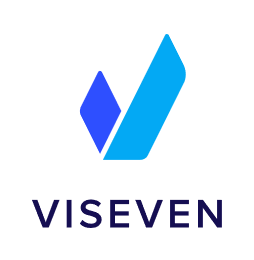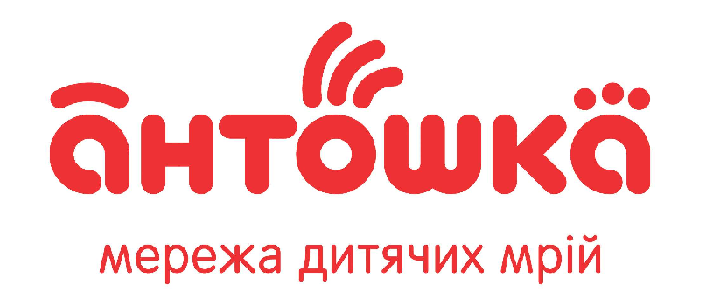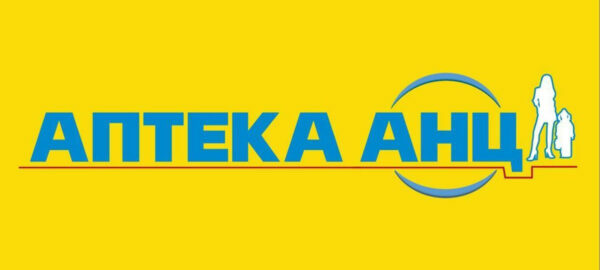
Let’s be honest: every HR professional knows about resistance. The question is how to overcome it. So we’ll skip the part about why employees might resist training and get straight to the point – what to do about it.
Training needs to be presented correctly. Even if it is mandatory, there is a difference between coercion and motivation. Between “I have to do it” and “I want to do it”. If an employee sees clear value, the chances of success increase significantly.
This is where marketing tools come in handy. In this article, we will discuss how to use them to make learning interesting.
1. Understand your audience👥
Learning, like marketing, does not work without a clear understanding of who you are doing it for.
Not all employees are equally motivated. Some already have an internal desire and are just waiting for an opportunity. Others take courses only because they “have to”. Divide your audience into three basic groups:
- those who want to grow and are looking for tools – it is important to show them the benefits for themselves personally.
- those who are not opposed to learning, but only if it is “not long and not boring” – it is important for them that it is easy.
- those who do not see the point in this – it is important for them to quickly see the practical effect.
Think about what each of these groups is struggling with, what they want to avoid or achieve. And start from there – in terms of content, wording, communication.
2. Create the right positioning🎯
How do you present learning? As another “must-do” or as a tool for growth?
These are two completely different stories. If you only talk about the benefits for the business, employees will not embrace the idea. Instead, show how training will help each individual personally.
Here are a few examples of how you can shift the focus:

Speak in terms of benefits for the employee.
When people see how training will affect their work, comfort, or results, they don’t need to be convinced twice.
3. Use marketing principles📢
Classic marketing mechanics work perfectly in corporate training. It is necessary not only to inform, but also to interest:
1. A powerful message
Explain clearly and simply why this is important right now. The message should elicit a response like, “This is about me”. Instead of general phrases like “improving communication skills”, it is better to use something like, “How not to burn out during the busy season: a 15-minute guide”.
This wording is not only clear, but also catchy.
2. Visual communication
Forget about long letters with text. Create bright advertisements, infographics, and short videos. Instead of “please take the course”, write: “How to spend 15 minutes and save 3 hours every week”.
3. Teasers and warm-ups
Don’t start training right away – give employees time to get interested. If it’s a comprehensive training program, start warming up 1–2 months in advance. What you can do:
- a short video with a trainer,
- prepare interesting facts from the course,
- an announcement or email teaser with intrigue: “What will help you save energy at work?”.
Expectation works better than coercion.
4. Social proof
When talking about training, give the floor to those who have already undergone it and seen the results.
Quotes from colleagues, short stories about “what was/what became”, specific figures – all of this is much more convincing than motivational emails. People trust people, not promises.
5. Opinion leaders
Managers are the best ambassadors for training. If a director or line manager personally recommends training, it changes perceptions. From being just another course, it becomes part of the team strategy.
4. Choose the right communication channels🔔
Where and how should you talk about education so that you are truly heard?
- Corporate chats are ideal for short announcements and reminders. Short messages with bright pictures work well here.
- Email is a good option for more detailed information or personalized offers. But don’t make your emails too long – keep the headline clear, the meaning concise, and the call to action straightforward.
- Meetings are for personal contact. When a manager mentions training in person, it carries more weight. Even a single phrase can work better than two reminders in a chat.
- Internal opinion leaders – every team has people who are listened to. Ask them to share their opinions or recommendations. This works better than any internal “advertising”.
And don’t forget about timing:
Announcing on Monday at 9:00 a.m. is not the best idea. Neither is Friday after 5:00 p.m. Tuesday through Thursday after lunch is the optimal time. Test and track when your team responds best.
5. Create a wow effect from the process✨
Even the best content can fall flat if the presentation is boring. Make the learning process exciting:
- Gamification – it is not necessary to create a complex system. Often, simple tools such as certificates, badges, and ratings are sufficient. They add a sense of progress and achievement.
We wrote more about the gift shop in one of our articles: Motivation 2.0: How a gift shop takes motivation to the next level

LMS Collaborator Gift Shop
- Microlearning – instead of an hour-long course, try six 10-minute modules. This format is easy to fit into your daily schedule and is not overwhelming.
- Interactivity – quizzes, surveys, real-life case studies. This helps to reinforce knowledge in practice, holds attention, and makes the process more “lively” and useful.
Remember: the more enjoyment you get from the process, the higher your engagement will be.
Conclusion
Even if your previous experience was less than ideal, it’s not the end of the world. Marketing can be your best ally here, helping you change perceptions and build a strong connection with educational content.
The main thing is honesty, transparency, and keeping promises. When expectations match results, each subsequent training course will be much easier to sell.
Remember, employees are not just an audience that needs to be persuaded. They are your partners in creating a culture of development. Invest in quality, be sincere in your communication, and the results will not be long in coming.



































